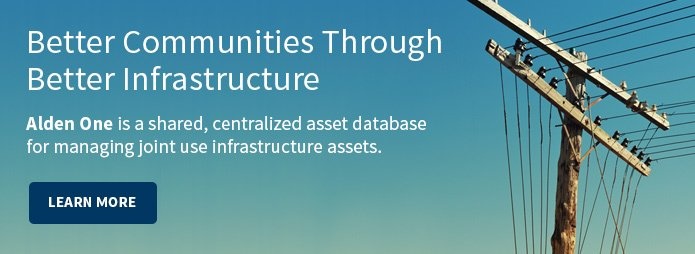Utility Pole Producers, Costs and Maintenance
 The treated wooden utility pole is the all-star of the joint use world. Straight. Strong. Renewable. Resistant to wind and rain, and when treated, bugs and rot. These common and incredibly valuable assets are the backbone of both businesses and the world’s power and communications framework. Today, we would like to offer a few resources designed to help you better understand these staples of global infrastructure, including a little information on typical maintenance concerns.
The treated wooden utility pole is the all-star of the joint use world. Straight. Strong. Renewable. Resistant to wind and rain, and when treated, bugs and rot. These common and incredibly valuable assets are the backbone of both businesses and the world’s power and communications framework. Today, we would like to offer a few resources designed to help you better understand these staples of global infrastructure, including a little information on typical maintenance concerns.
Where do poles come from?
Wooden utility poles used in the U.S. are a reliably American Made product, created from cedar, douglas fir, Southern pine and other species of trees. They are produced all over the states, though the North American Wood Pole Council names three suppliers as the biggest and most well known:
- Bell Lumber and Pole Company of Conway, Washington
- McFarland Cascade of Tacoma, Washington
- The Oeser Company of Bellingham, Washington
How much do they cost?
Pricing for individual poles varies by manufacturer, material and order volume. Contact one of the above providers for an accurate and updated quote.
How are they maintained?
While a lifespan of 30-40 years per pole has widely been assumed, recent research by the University Of Oregon’s Department of Wood Science & Engineering has provided proof that well-maintained poles typically last 80 years or more in service.[1] This research was based on a survey of 261 utilities across the U.S. taking into account their purchasing and replacement rates for wooden poles. Regardless of supposed lifespan, poles must be surveyed visually and via mechanical methods like Resistograph® testing to ensure structural soundness and good health. Overall maintenance is also vital for owners to reap maximum value from their purchase.
A number of forces from decay to pests to weather work on poles over time. Typical maintenance varies from pole owner to owner, but the Forest Product Journal reports the following synopsized information, gathered from a survey of more than 200 American utility providers:
- Carpenter ants remain a fairly untreated problem. 61% of those surveyed said they did not have specific treatment for carpenter ant control, and simply sought to replace poles once damage had exceeded replacement criteria. Others reported using a mix of treatments from copper napthenate to sodium fluoride rods to name-brand insecticides.
- Woodpeckers damage 5.75% of poles. The most common method for dealing with destructive birds? Hardware cloth, or simply filling the holes periodically with epoxy.
- External treatments and maintenance methods include a number of chemicals, from Osmoplastic (40% used this) to some variety of copper naphthenate-based forumlas (30% total).
- Internal treatments range from the use of fumigants to the more recent insertion of rods into poles.
- Little has changed in 30 years. Maintenance practices identified in 2001 during creation of the report were found to be nearly identical to those discovered in a smaller but similar survey conducted in 1983.[2]
Regardless of the methods and chemicals used to ensure poles stay strong and stand up to all nature throws at them, it is worth mentioning that no one knows what might be going on with a pole until that structure is audited in the field. As for our recommendations on frequency and type of field inventory, we have discussed this in depth before, and welcome you to visit the Alden Updater archives for a thorough education.
[1] http://www.woodpoles.org/documents/TechBulletinPoleServiceLife12-08.pdf
[2] http://www.woodpoles.org/documents/MankowskiUtility.pdf
